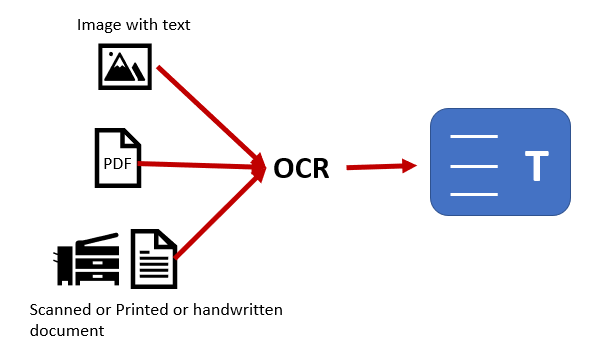
1. Tesseract
Tesseract is an open-source text recognition engine that is available under the Apache 2.0 license and its development has been sponsored by Google since 2006.
2. EasyOCR
Ready-to-use OCR with 70+ languages supported including Chinese, Japanese, Korean and Thai. EasyOCR is built with Python and Pytorch deep learning library, having a GPU could speed up the whole process of detection. The detection part is using the CRAFT algorithm and the Recognition model is CRNN. It is composed of 3 main components, feature extraction (we are currently using Resnet), sequence labelling (LSTM) and decoding (CTC). EasyOCR doesn’t have much software dependencies, it can directly be used with its API.
3. KerasOCR
This is a slightly polished and packaged version of the Keras CRNN implementation and the published CRAFT text detection model. It provides a high-level API for training a text detection and OCR pipeline and out-of-the-box OCR models, and an end-to-end training pipeline to build new OCR models.
4. ArabicOCR
It is an OCR system for the Arabic language that converts images of typed text to machine-encoded text. It currently supports only letters (29 letters). ArabicOCR aims to solve a simpler problem of OCR with images that contain only Arabic characters (check the dataset link below to see a sample of the images).